When companies experience rapid growth, their supply chains are often stretched to the limit. Transportation costs rise, warehousing becomes inefficient and service performance may suffer. Add to that external pressures—port congestion, shifting customer expectations, global disruptions and supplier instability—and it’s clear that even strong logistics networks need reinforcement.
That’s why many businesses turn to supply chain optimization to not only support growth but also improve agility, increase flexibility and strengthen risk management strategies.
If you’re considering a network analysis engagement, knowing what to expect—and what your partner should deliver—is key to driving meaningful results. Here’s a breakdown of what a well-structured consulting process looks like, including the phases, insights and best practices involved.
Step 1: A Baseline Model that Reflects Your Current Network
Every engagement should begin with a clear understanding of how your network performs today. Your consulting partner will build a baseline model to capture the historical flow of goods, costs and service levels across your current infrastructure.
You should expect:
- A thorough review of at least 12 months of historical freight and order data
- A mapped view of your historical production (if applicable), distribution facilities and customer locations
- Identification of warehousing, transportation and fulfillment costs
- Insight into how customers are currently being sourced and served
Once the baseline model is accurately built and validated by key stakeholders, this baseline sets the foundation for all future modeling. It highlights inefficiencies and pressure points that could be magnified by continued growth or market disruption.
Step 2: Scenario Modeling that Tests Smarter Network Options
Once the current state is defined and approved, scenario modeling helps explore what’s possible. This is where strategy comes into play—testing different versions of your distribution network to find the best path forward.
Expect analysis around:
- New or consolidated distribution sites based on demand and geography
- Capacity adjustments and facility relocations
- Shifts in transportation modes or lane strategies
- Customer realignment to balance cost and service
- Service level implications across different configurations
- Alternate inbound sourcing strategies
- Onshore vs Offshore
- Supplier diversification
- Contingency planning for potential disruptions
Scenario modeling not only uncovers cost savings opportunities but also exposes vulnerabilities—helping your business build a more flexible, disruption-ready network.
Step 3: Production Strategy Evaluation for Scalability and Resilience
Growth puts pressure on more than just distribution — it often challenges production capabilities, too. Your consultant should evaluate whether your existing footprint can support future demand and how to adapt if it can’t.
Key focus areas include:
- Production site capacity and utilization
- Product group allocation to streamline flows
- Alternate or expanded manufacturing locations
- Impacts of production shifts on inbound and outbound freight
- Flexibility to adjust production in response to disruption
Aligning production with distribution strategy not only improves efficiency—it adds agility when you need it most.
Step 4: A Future-State Design with Actionable Insights
The final deliverable of the engagement should be a clear, data-backed recommendation for your future network. It should guide near-term action and long-term investment.
That includes:
- A comparison of current vs. optimized network structure
- A total cost-to-serve analysis and financial impacts of each scenario
- Site and resource utilization aligned with demand
- Scalable, phased recommendations that support your growth
- Service level assessments to meet customer expectations
- Built-in flexibility and fallback plans to reduce risk
More than a cost-saving tool, this becomes a blueprint for an agile and resilient logistics operation.
Building a Scalable, Disruption-Ready Network
The true value of network design consulting lies in turning uncertainty into strategy. Instead of reacting to delays, shortages or capacity crunches, you can design a network that adapts—supporting growth, controlling costs and improving your ability to manage risk.
At Transportation Insight, we help fast-growing companies build smarter, stronger supply chains. From baseline modeling to future-state design, our consulting approach delivers strategies that drive growth and protect against disruption.
Ready to rethink your network? Let’s talk about what’s possible.










